Advertisement
Machine learning is no longer just a buzzword—it's an active part of our daily routines and business operations. From suggesting what you should watch next on Netflix to detecting fraud in financial systems, machine learning applications are now embedded in nearly every major industry. This technology helps systems learn from data, make predictions, and improve over time without human instructions.
With the industry projected to grow to USD 209 billion by 2029, understanding where and how machine learning is used can give businesses an edge in a fast-changing world. Let's explore the top machine learning use cases and how they improve efficiency and customer experience across different sectors.

One of the strongest machine learning use cases is seen in marketing and sales departments. Companies now rely on machine learning to analyze large customer data sets, predict buying behaviors, and personalize content. This leads to more effective campaigns and better conversion rates.
Machine learning uses in marketing include email targeting, customer segmentation, and real-time product recommendations. Brands like Amazon and Netflix use algorithms to suggest what users might like, based on their history. Businesses also use it to re-engage shoppers who left items in their online cart, improving customer retention and increasing revenue.
Customer support has gone through a major transformation due to machine learning applications. Virtual chatbots now answer customer queries 24/7 without any human interaction. These bots are powered by natural language processing, helping them understand words and customer sentiment.
Voice-based systems like those on mobile phones or help desks also use machine learning to understand speech, route calls, and even predict why someone calls based on past interactions. Some companies report that their AI-driven systems handle over 90% of customer queries accurately and instantly, enhancing satisfaction while saving time.
Personal assistants like Siri, Alexa, and Google Assistant are examples of machine learning use cases that have entered our homes. These devices respond to voice commands, schedule tasks, play music, and even control smart home devices.
Machine learning helps these assistants learn user preferences, improve their responses, and anticipate future needs. Businesses also use messaging bots on platforms like Facebook Messenger and Slack to provide services, recommend products, and process orders. These features are all driven by the smart use of machine learning.
Another area where machine learning applications are making a difference is email filtering. Services like Gmail use machine learning to automatically sort emails into categories like Primary, Social, and Promotions, and to detect spam with high accuracy.
Modern ML models can organize emails based on their importance or subject. This allows for quicker responses and cleaner inboxes. Some tools even use these techniques to draft automatic replies, route messages to the right department, and help teams respond faster to high-priority clients.
Cybersecurity is among the most critical fields benefiting from machine learning use cases. Algorithms can monitor systems for suspicious behavior and detect real-time threats like phishing emails, malware, and unauthorized access.
Facial recognition, used in many modern security systems, also relies on machine learning to authenticate users. Banks and corporations use predictive models to detect fraud by quickly learning what normal transactions look like and spotting unusual activity. Machine learning allows for proactive defense instead of reactive responses.
Machine learning applications in healthcare are saving lives and improving diagnosis. Hospitals now use this technology to read radiology images, detect patterns in patient data, and suggest treatment plans. ML can spot early signs of diseases such as cancer by analyzing large data sets from tests and scans.
Medical researchers use machine learning in genome sequencing to understand how genetics influences disease. This leads to better, personalized medicine. Drug development, which once took years, can now be fast-tracked using ML to analyze test results and select the most promising treatment options.
From ride-sharing apps to self-driving vehicles, machine learning use cases in transportation are making travel easier and more efficient. Apps like Uber and Google Maps use ML to find the quickest route, estimate travel times, and predict how traffic will change in the next hour.
Self-driving cars use ML in real-time to interpret surroundings using camera and sensor data. These vehicles can make quick decisions, such as when to brake or switch lanes. This level of automation is still being tested but shows promise in reducing accidents and fuel use.
Most smartphone users don't realize how much they rely on machine learning applications. ML is everywhere, from facial recognition to unlocking your phone, to cameras that adjust brightness and clarity automatically.
Voice search, predictive text, autocorrect, and even battery optimization features use machine learning. Smartphone apps that translate languages, edit photos, and recommend new music or news articles are also guided by advanced algorithms designed to learn and adapt to individual preferences.
Social media platforms like Facebook and LinkedIn use machine learning to personalize user feeds, suggest friends, and detect fake accounts. Spotify and YouTube use it to recommend songs or videos that match your taste.
Google Translate is another powerful example, using ML and natural language processing to provide real-time translations, even from images and live conversations. In business, organizations use ML to streamline app performance, improve user engagement, and ensure seamless updates with fewer bugs.

Machine learning is no longer optional. Businesses across retail and healthcare, finance and logistics are seeing real benefits from adopting this technology. The most successful companies are the ones that understand how to integrate machine learning use cases into their core operations.
Whether it's better customer service, more secure systems, or improved product recommendations, machine learning applications continue to grow and evolve. As data becomes more valuable and accessible, businesses that tap into machine learning early will be more likely to succeed in an increasingly digital world.
Advertisement

In daily life, inductive arguments transform ideas, guide behavior, and enable intelligent choices grounded on noticed trends

Discover UiPath's latest update with smarter AI bots, easier bot design, improved integration, and powerful automation tools
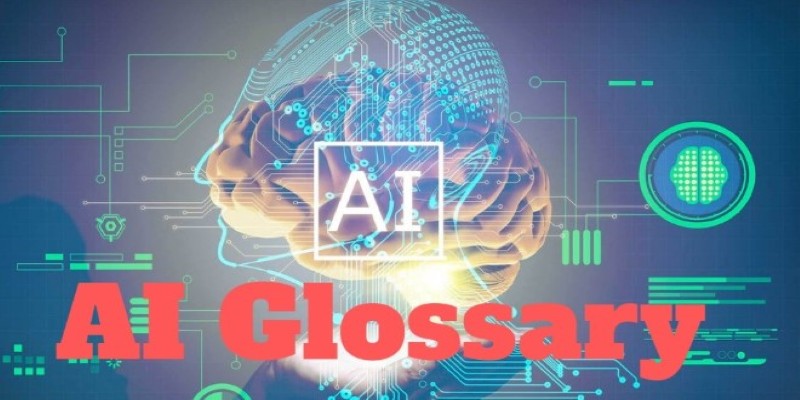
Confused by AI buzzwords? This glossary breaks down 29 essential terms—like LLMs, embeddings, and transformers—into plain language anyone can understand
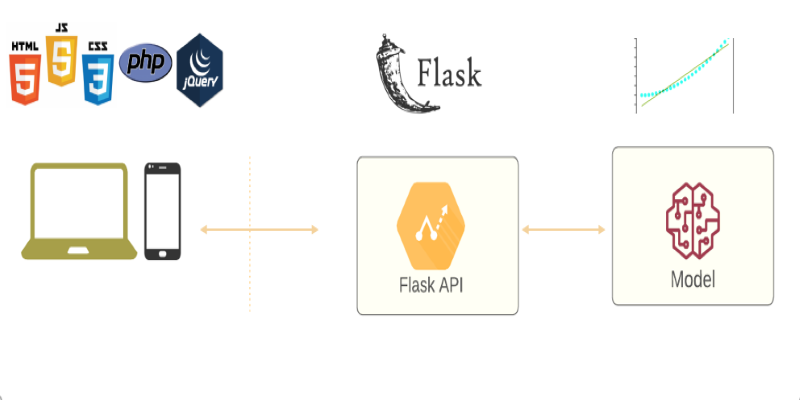
Learn how to deploy your machine learning model with Flask in 2025. Step-by-step guide on setting up Flask, testing your API, and making your model production-ready

Discover VR’s present and future: gaming, therapy, training and metaverse integration. VR trends for 2030.

Dive into the strengths and weaknesses of open-source AI models and what they mean for innovation.
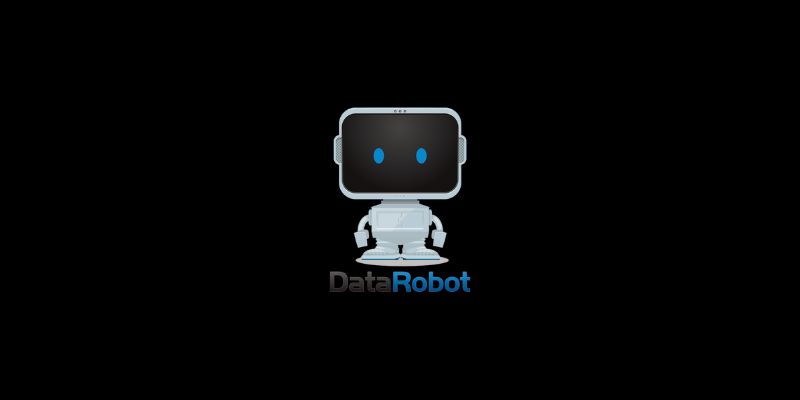
DataRobot's Feature Discovery runs inside Snowflake, offering more secure and scalable machine learning feature engineering
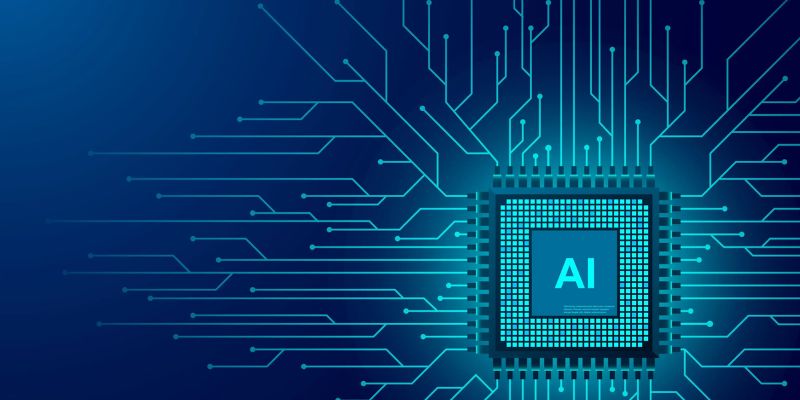
Learn how artificial intelligence organizes random data, increases output, and drives efficiency throughout content management

How the Python Global Interpreter Lock (GIL) works, how it affects threading and performance, and when Python multithreading is useful or limited
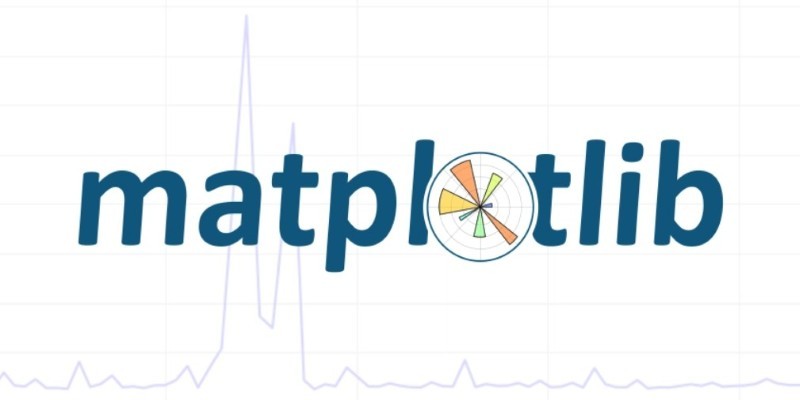
Find out the 10 unique ways to use advanced data visualization with Matplotlib to make your charts more engaging, clear, and insightful. From heatmaps to radar charts, learn how to go beyond basic graphs and explore deep-er patterns in your data
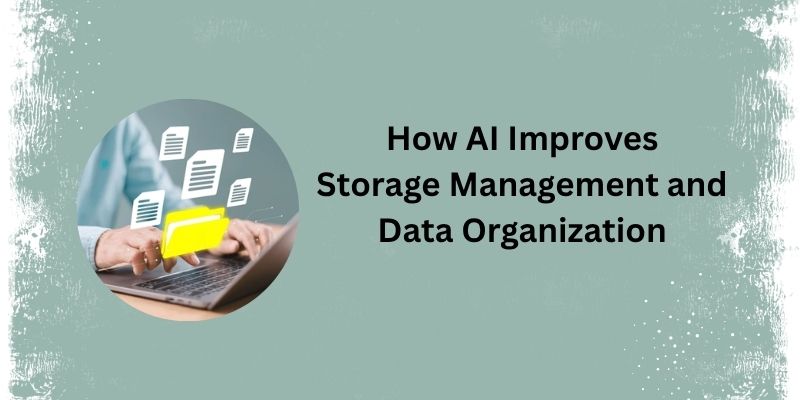
From sorting files to predicting storage needs, see how AI helps manage and optimize your data storage without any effort.

Learn how to access GPT-4 on ChatGPT. Follow these steps to unlock AI features and boost your productivity.